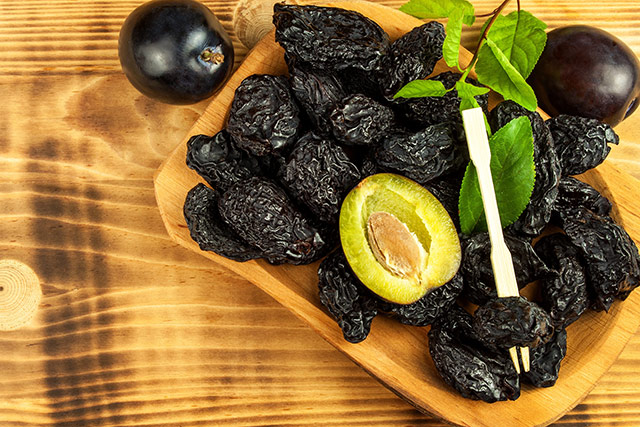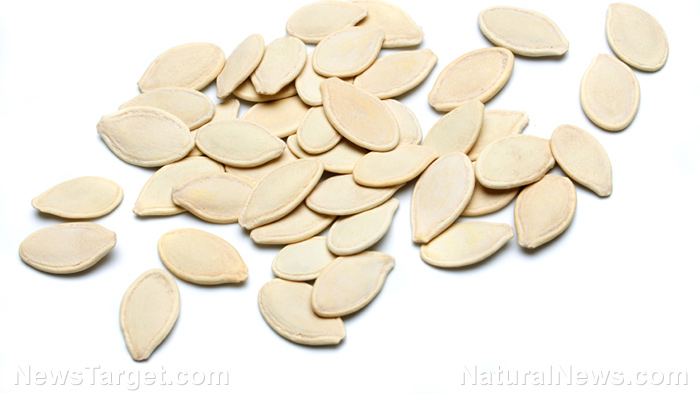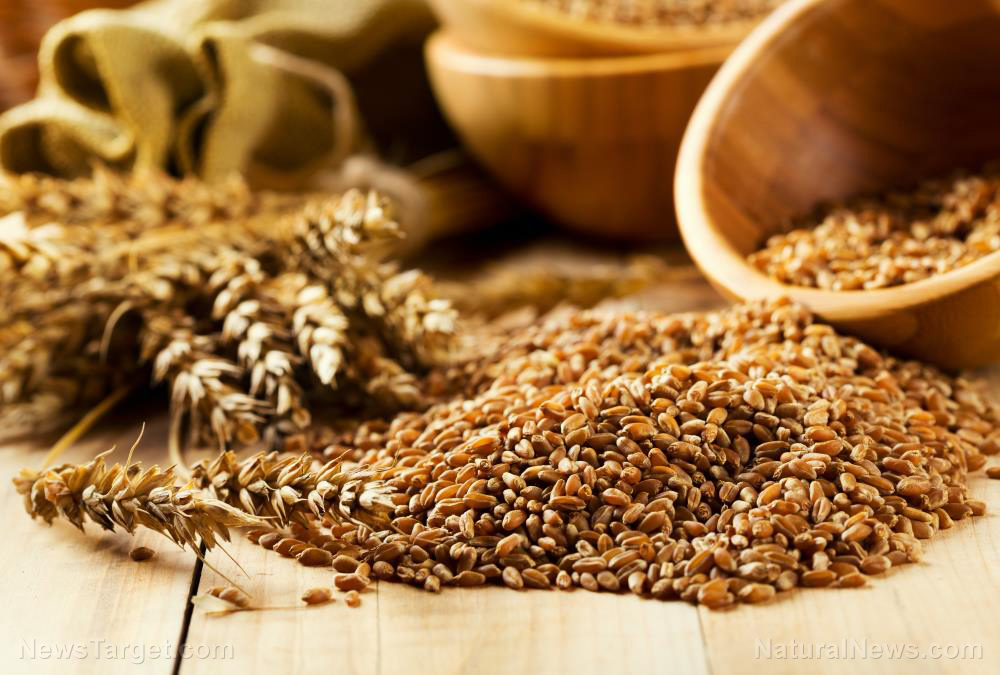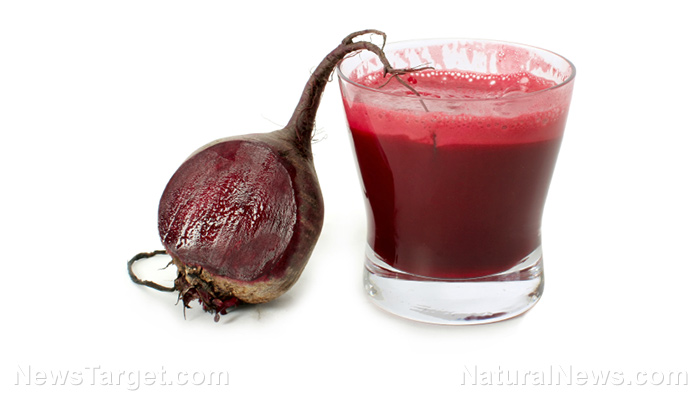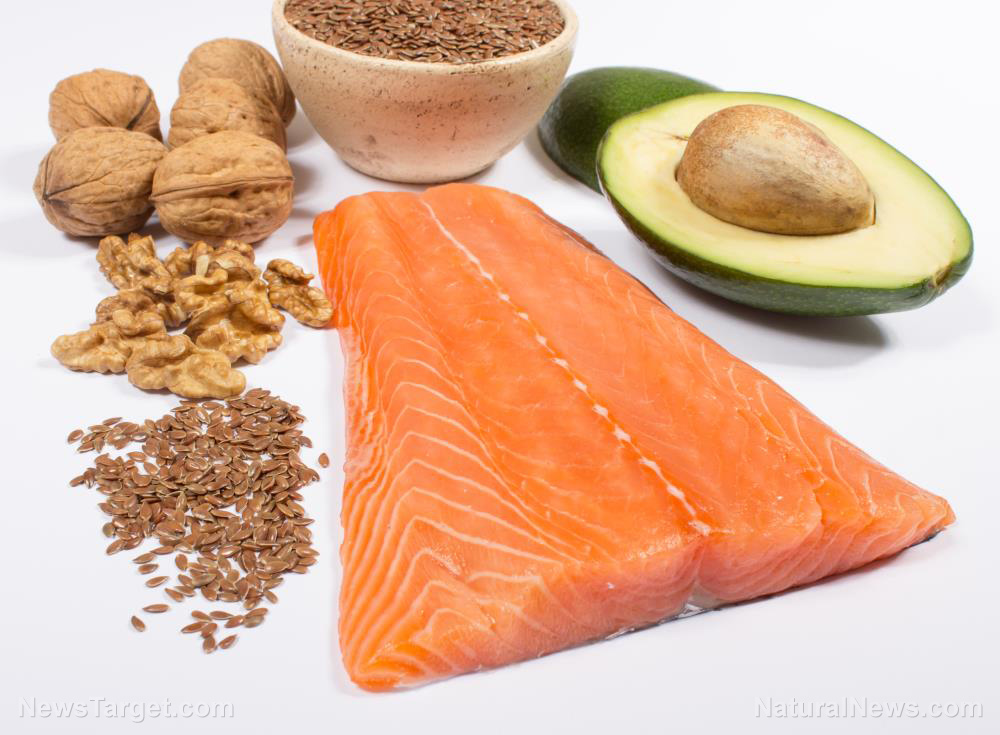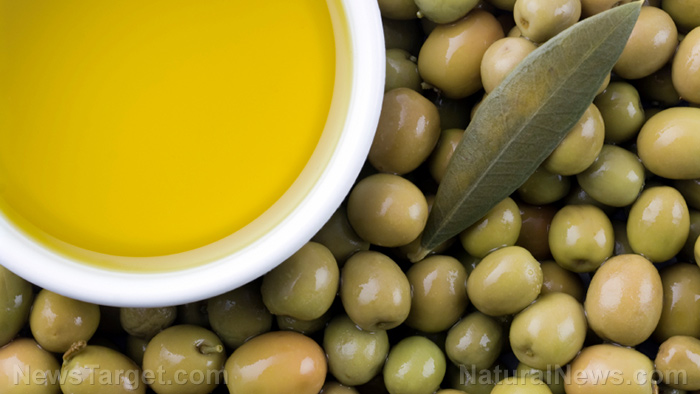Study: Adding pomegranate peels to macaroni may improve antioxidant content, lower cholesterol levels
09/07/2021 / By Ralph Flores

Pasta often gets a bad rap for being a carb-heavy food. But a recent study shows that fortifying it with pomegranate peels can improve its dietary fiber and antioxidant content. In their report, researchers from Taif University in Saudi Arabia evaluated macaroni fortified with pomegranate peels for nutritional value and taste.
Pomegranate peel-fortified macaroni helped reduce cholesterol markers
The team prepared five types of macaroni blends for the study. These were fortified with pomegranate peel in differing ratios – from 10 grams of peel to 90 g of semolina flour to 25 g of peel to 75 g of semolina flour. These were then fed to diabetic rats for four weeks. At the end of the experiment, the team took blood samples from the rats and assessed total cholesterol, triglyceride and total lipid levels, among others.
The results revealed that rats fed with macaroni fortified with pomegranate peel exhibited a significant decrease in body weight after the experiment period. In addition, the team noted a decrease in lipid profile and blood sugar in the rats after feeding them with the pomegranate peel-fortified macaroni.
An evaluation of the chemical composition of pomegranate peel reveals that it is a rich source of antioxidants – in particular, tannins, anthocyanins and flavonoids. Earlier studies on pomegranate peel revealed its potential for inhibiting the growth and spread of certain cancers. (Related: Pomegranate may help reduce the risk of certain cancers – study.)
Pomegranate peel also contains soluble and insoluble dietary fiber, which may lower the risk of chronic diseases like diabetes, heart disease and certain cancers. In an unrelated study, researchers from Iran explored the use of pomegranate seed powder as a flour additive, where they found that it increased the fiber content of the final baked product.
The researchers found that macaroni fortified with up to 15 percent pomegranate peel powder did not affect the overall taste.
“[It] may be concluded that the macaroni properties of pomegranate peel powder composites revealed some interesting properties and useful information on their potential nutritional food applications,” the team concluded.
Healthy cookies fortified with pomegranate peel
In another study, scientists from the College of Agriculture in Iraq’s Tikrit University explored the potential of using pomegranate peels to replace wheat powder when baking cookies. For their report, published in the Tikrit Journal for Agricultural Sciences, the team made cookies by replacing wheat flour with up to five percent pomegranate peel – evaluating the taste, physicochemical properties and antioxidant activity of the final baked product.
Replacing wheat with pomegranate peel reduced the thickness and size of the cookies when compared to the control. But this increased the protein, fiber and carbohydrate content of the cookies. In addition, replacing wheat flour with pomegranate peel increased the antioxidant concentrations for the cookies. The team also noted no significant differences in taste from cookies with pomegranate peel to those without. They also noted no significant differences in color, texture or crispness between the two cookies.
Making your own pomegranate peel powder
Pomegranate peel is available in powder, and it’s often used to fortify baked goods. But you can make your own pomegranate peel powder at home. Just make sure you’re getting organic or homegrown pomegranates.
- Cut five pomegranate fruits in four halves lengthwise.
- Remove all the seeds – called arils – and separate the peels.
- Cut each peel into two halves.
- Using a knife, peel off the yellow rind, leaving just the red peels for use.
- Lay the peels on a plate or dried cloth, making sure they do not overlap each other and leave them out in the sun to dry.
- After the peels lose their moisture, take them out of the sun and grind them for two minutes.
- Store the pomegranate peel powder in a clear glass airtight jar.
Learn more about the benefits of pomegranate peel powder at FoodScience.news.
Sources include:
Submit a correction >>
Tagged Under:
antioxidants, baking, cookies, fiber, food is medicine, fruits, natural ingredients, natural medicine, nutrients, pomegranate, pomegranate peel, research
This article may contain statements that reflect the opinion of the author
RECENT NEWS & ARTICLES
COPYRIGHT © 2017 NUTRIENTS NEWS



